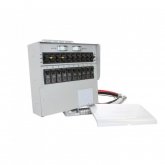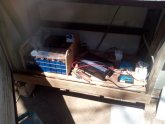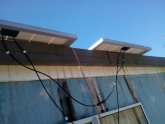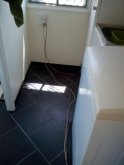Russ
New Member
- Joined
- Oct 1, 2019
- Messages
- 184
I am connecting a sub panel to my house mainly because my main breaker box is full. It will also make it easier to work with while expanding. I plan on moving a 15 amp circuit to it one at a time and see what and how long it will run. A bed room does not consume that much power for example at least at my house and none during the day. No ac, heat, dryer etc.. WIll not really get close to the 200 amp max of the panel
Now here is the big reason for doing this a circuit at a time:
THE WIFE
When I installed LED lights everywhere our power bill dropped about 30.00 to 50.00 a month.
If I can show her one room at a time is being powered by solar and not the grid she gets a visual.
When the power bill comes she will get a visual eventually of a drop in the power bill.
She pays the power bill !!!!!!!!!!!!
Although she does know how much the solar equipment cost.
Any input on a better way to incrementally add a circuit at a time or anything else I would appreciate
Now here is the big reason for doing this a circuit at a time:
THE WIFE
When I installed LED lights everywhere our power bill dropped about 30.00 to 50.00 a month.
If I can show her one room at a time is being powered by solar and not the grid she gets a visual.
When the power bill comes she will get a visual eventually of a drop in the power bill.
She pays the power bill !!!!!!!!!!!!
Although she does know how much the solar equipment cost.
Any input on a better way to incrementally add a circuit at a time or anything else I would appreciate










